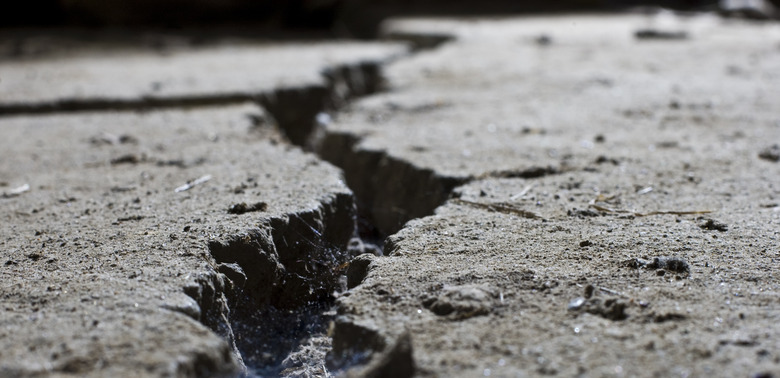What Is Shearing In Geology?
In the world of geology, the term "shearing" describes a distinct motion of two rock surfaces against each other. It is most often caused by intense pressure under the earth's crust.
Description
Description
Shearing can be described as the lateral movement of one rock surface against another. This motion alters the rocks, causing them to change shape as they slide against each other.
Effects
Effects
Many times, shearing causes minerals to split in a formation known as cleavage. Under other circumstances, the rocks develop a pattern of parallel lines called a schist.
Where It Occurs
Where It Occurs
Shearing commonly occurs along the edges of tectonic plates, although it may occur in other places as well. Most often it takes place between 10 and 20 kilometers beneath the earth's surface. If the same process occurred at the surface, it would result in fracturing and faulting.
Zones
Zones
Widespread shearing results in geological features called shearing zones. These zones may cover several miles or just a few centimeters.
References
Cite This Article
MLA
Bennett, Tiffany. "What Is Shearing In Geology?" sciencing.com, https://www.sciencing.com/shearing-geology-6923022/. 29 August 2010.
APA
Bennett, Tiffany. (2010, August 29). What Is Shearing In Geology?. sciencing.com. Retrieved from https://www.sciencing.com/shearing-geology-6923022/
Chicago
Bennett, Tiffany. What Is Shearing In Geology? last modified March 24, 2022. https://www.sciencing.com/shearing-geology-6923022/
